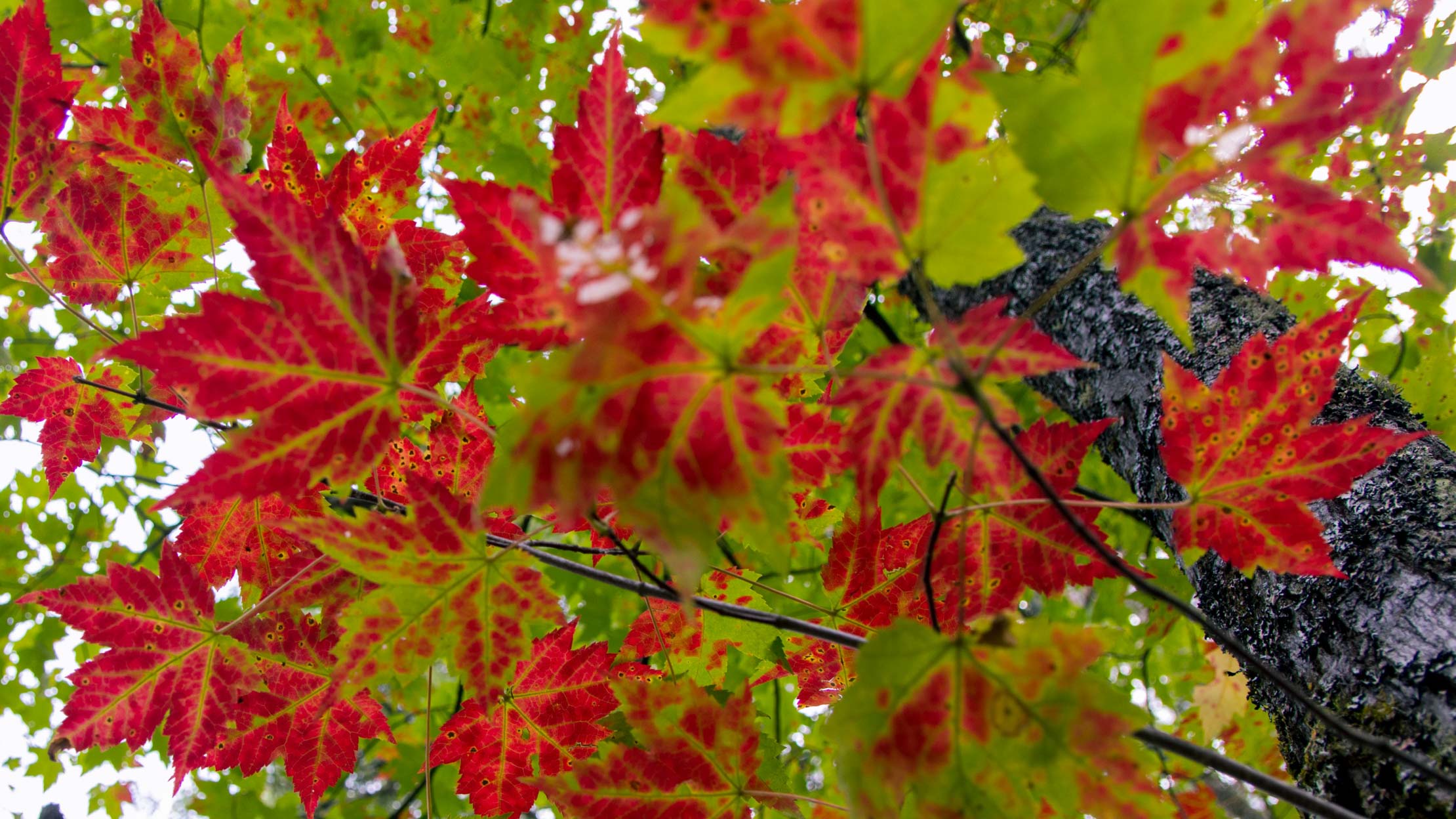Activities & Games
Leaf What You Find

A fun activity about appreciating natural materials without permanently removing them from the natural environment.
Ages: 6-9 years old
Group Size: Up to 20
Time: 40 minutes or more
Materials: Blank paper (butcher paper, colored paper, white paper), crayons or colored pencils, tables or flat surfaces to draw on, and leaves that are found on the ground but are not yet shriveled up or dried out
Directions: Front-load the activity by talking about the importance of appreciating cool things in nature without actually taking any of those objects home with us. The group is going to focus on leaves during this activity. Talk about the different types of trees that are on the property and how each tree produces a different leaf. Sometimes those differences are so hard to see that some leaves look identical to others.
Take the group outside and ask them to find as many different leaves that are on the ground as possible. They are allowed to pick up the leaves and collect them for the activity. Once every participant has 4-5 leaves, ask them to come back to the table space. You will demonstrate how to make a leaf rubbing.
Making a leaf rubbing:
- Place the leaf on a hard surface. It’s a good idea to use notebook paper or a piece of cardboard under the leaf. Make sure the leaf veins (on the bottom of the leaf) are facing up.
- Put a white sheet of paper on top of the leaf
- Rub a crayon on its side and color on the white paper on top of the leaf.
- Repeat the process using the same white piece of paper, but try using different-colored crayons for the remaining etchings.
*Variation: This activity can take place on the trail or in the outdoors. This is a great activity as a “traveling art class”. This activity could also be done using etchings of tree bark on live trees.
Debrief
First, have a round of show and tell. Ask participants to show their etchings and describe what they see. Transition to a discussion about why it is important to make an etching of a leaf and keep it, rather than taking the leaves themselves. This can lead back to the principle of Leave What You Find. Finally, have the group gather their leaves and go back to the location where they first found them. Scatter the leaves around the ground. Other questions to consider:
- When is it OK to touch and handle objects that we find in nature?
- When is it NOT OK?
- What other etchings could be made or drawn from things we find in nature?
This activity comes from Bigfoot’s Playbook: A Youth Educator’s Guide to Leave No Trace Activities, Games and Experiential Curriculum.
